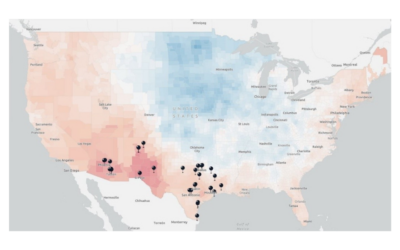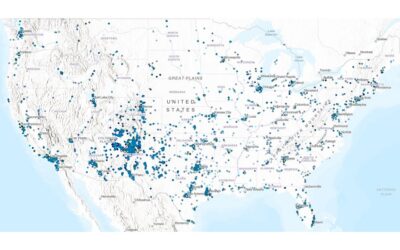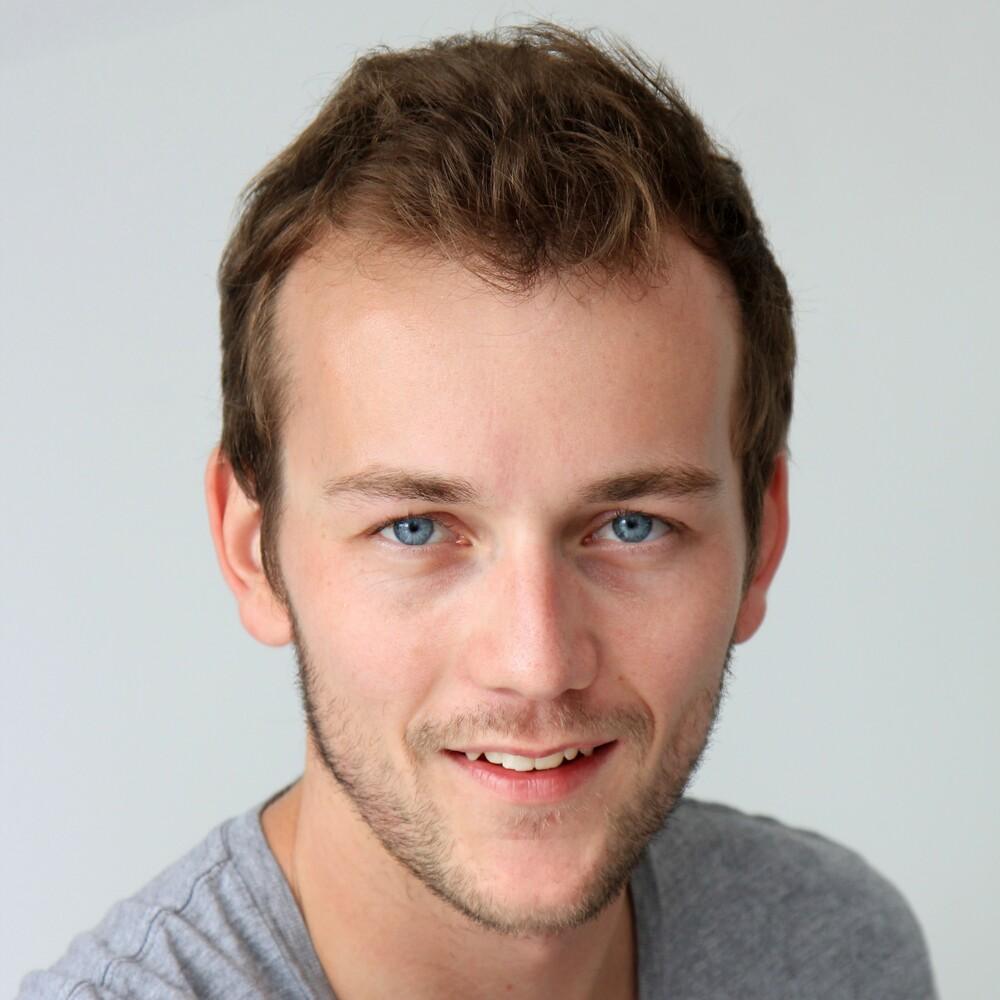By: Zach Mellender, Canopy Strategic Partners Content Contributor
Within the cultural attractions industry, there are frequent overlaps between zoos and gardens (as well as other nature-focused organizations!). Both institutional facilities are primarily, but not exclusively, outdoors. Both serve as an opportunity to connect with nature. Ultimately, both institutions provide an opportunity to escape our everyday world and immerse ourselves within the sanctuary of nature.
However, the core audience of zoos and botanical gardens tend to come from different areas within a city. By conducting an analysis of six major metropolitan areas with both a zoo and garden, Canopy was able to estimate how far away visitors live from the zoos and gardens they visit.
What we found has major strategical implications across many areas of operation. There are key differences in where each organization’s audience comes from that will demand different strategies to capitalize on. Seasonal changes also illustrate the contrast between metros with milder winters and metros with colder winters – keep reading to see how much a colder climate can affect your visitation!
Do zoo and garden visitors come from different places within a city?
First, let’s look at where visitors tend to come from. In the graph below, the dark blue bars represent the percentage of zoo visitors that come from each distance grouping. The light blue bars represent the percentage of garden visitors that come from each distance grouping. The six major metropolitan areas analyzed each have a population of well over two million people. Each of these metros is home to both a zoo and a botanical garden/arboretum.

The major difference that we see between gardens and zoos is that gardens derive a higher portion of their total visitors from highly local areas (0 to 5 miles) and long-distance areas (50+ miles). In fact, gardens have 11% more visitation from these radials than zoos. That is a significant difference. Let’s examine why this might be the case.
Consider that the average number of visitors to gardens is slightly less than the average zoo. So, this could be an indication that gardens draw similar proportions of hyper-local visitors and tourists, while their market penetration in the 5-50 mile radials is less than the market penetration zoos get in the same radials. While zoos get a similar level of tourist visitation and hyper-local visitors, their market penetration in the 5-50 mile radials is higher, which drives up the proportion of unique visitors that these radials account for.
What does this actually mean for business? It means that gardens have the potential to gain a larger market share in the 5-50 mile radials and increase their total visitation. For zoos, the question starts to become one of identity: If 75% of their visitors come from beyond 10 miles away, is your “core market” actually the metropolitan area you are located in, or is it a much larger geographic area? Understanding your role and position within the community is a core part of strategic and business planning efforts.
Does the local climate affect where visitors come from?
To add a layer of complexity on this story, let’s see what happens when we separate our sample metropolitan areas based on wintertime climate. Below are two graphs – one showing how garden visitors change in colder vs. milder climates and one showing how zoo visitors change in different climates. Half of these metros have mild winters. The other half has more dramatic seasonal changes, with colder winters.

Notice that gardens in cold climates derive much more of their visitation from the local population. We offer two hypotheses for this difference. Colder climate gardens are much less likely to get high tourist visitation, largely because they are in cold-climate cities that get less tourist visitation. Second, in milder climates there may be more competition from other outdoor attractions, and more opportunities for potential visitors to explore other natural spaces (or even their own backyards).
When we look at zoos, we see a similar pattern that likely exists for similar reasons. As we noted at the beginning of this article, zoos and gardens are both sanctuaries for people to escape to nature. While their visitors may come from slightly different places, the climate can play just as drastic of a role in where people come from.
Data like this cuts to the core of what Canopy does: we combine decades of institutional experience in conservation-focused cultural attractions with cutting edge technology and analysis to cut across the noise and recognize the patterns of visitation at all types of organizations. We are experts at aggregating, analyzing, and synthesizing the vast amounts of data we have access to into meaningful bits of immediately-accessible information.
Don’t hesitate to contact us if you want to start breaking down your audience, comparing your visitation to competitors, or trying to ensure that your organization is accessible to all groups of people! We’re here to help.





